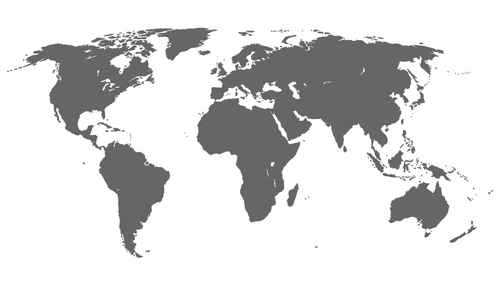For example with a DIN 5480:
A shaft with hub and gear forms a basic mechanical unit that is used in many applications to transmit torque. The shaft is a cylindrical component that enables rotational movements between the various parts of a machine. There is a hub on the shaft that serves as a fastening element to drive the gear wheel. The machine element to be driven, e.g. a gear wheel, consists of a circular disk with protruding teeth that can mesh with the teeth of an adjacent gear wheel.
As with spur gears, DIN 5480 also refers to module, number of teeth, pitch circle, root circle and tip circle. The pressure angle is usually 30°. The tolerance between the shaft and hub gearing is determined by the external requirements.
Source: Shaft-hub connections | SpringerLink, p. 509
![[Translate to EN:] Steckverzahnung-Kupplung](/fileadmin/_processed_/0/6/csm_Steckverzahnung__2__89066223e5.jpg)
![[Translate to EN:] Steckverzahnung](/fileadmin/_processed_/7/f/csm_Steckverzahnung_db59dc51eb.jpg)

![[Translate to EN:] Hirthverzahnung [Translate to EN:] Hirthverzahnung](/fileadmin/_processed_/d/d/csm_Hirthverzahnung_73ea039643.jpg)


